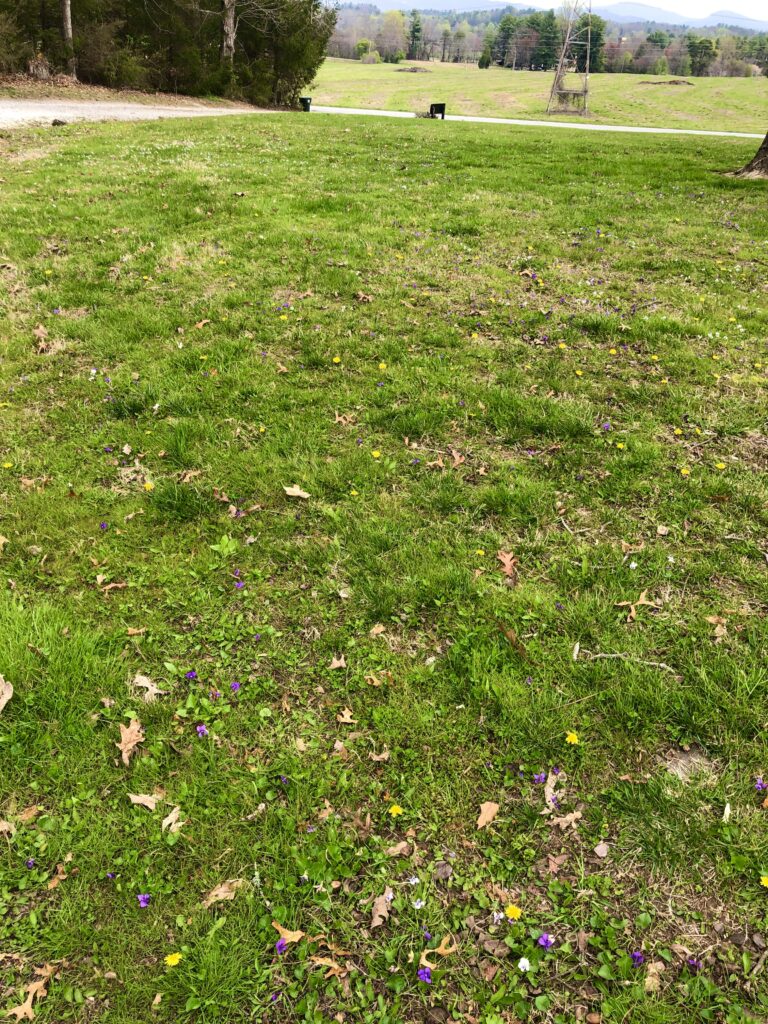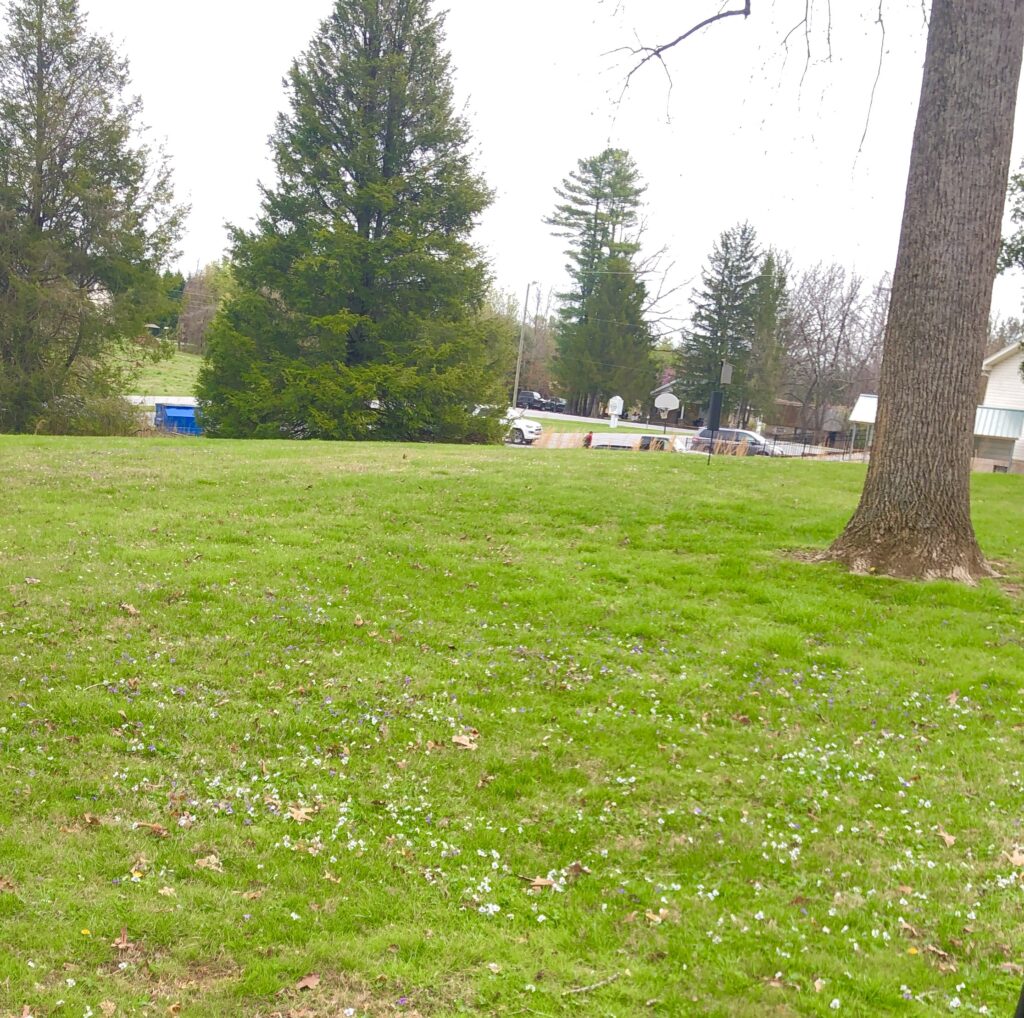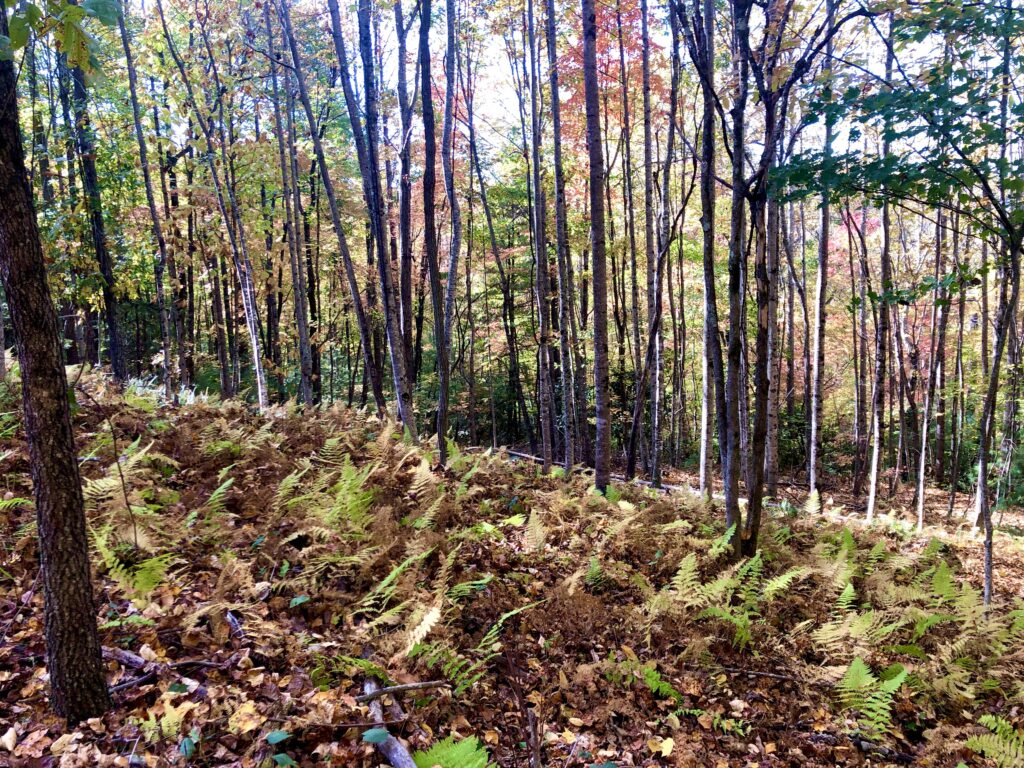Landscape Alert – Violets in Your Lawn Is a Good Thing
go.ncsu.edu/readext?996342
en Español / em Português
El inglés es el idioma de control de esta página. En la medida en que haya algún conflicto entre la traducción al inglés y la traducción, el inglés prevalece.
Al hacer clic en el enlace de traducción se activa un servicio de traducción gratuito para convertir la página al español. Al igual que con cualquier traducción por Internet, la conversión no es sensible al contexto y puede que no traduzca el texto en su significado original. NC State Extension no garantiza la exactitud del texto traducido. Por favor, tenga en cuenta que algunas aplicaciones y/o servicios pueden no funcionar como se espera cuando se traducen.
Português
Inglês é o idioma de controle desta página. Na medida que haja algum conflito entre o texto original em Inglês e a tradução, o Inglês prevalece.
Ao clicar no link de tradução, um serviço gratuito de tradução será ativado para converter a página para o Português. Como em qualquer tradução pela internet, a conversão não é sensivel ao contexto e pode não ocorrer a tradução para o significado orginal. O serviço de Extensão da Carolina do Norte (NC State Extension) não garante a exatidão do texto traduzido. Por favor, observe que algumas funções ou serviços podem não funcionar como esperado após a tradução.
English
English is the controlling language of this page. To the extent there is any conflict between the English text and the translation, English controls.
Clicking on the translation link activates a free translation service to convert the page to Spanish. As with any Internet translation, the conversion is not context-sensitive and may not translate the text to its original meaning. NC State Extension does not guarantee the accuracy of the translated text. Please note that some applications and/or services may not function as expected when translated.
Collapse ▲Violets are great for butterflies! One of the many you will find growing is Viola sororia, a native plant that readily spreads in shady lawns and plantings.
Fritillary butterflies such as the Great Spangled and Variegated use the plant as a host for their caterpillars. Native bees such as mining bees, mason and sweat bees use the plants for nectar in the spring. Wild animals such as turkey, deer, rabbits, bobwhites and doves eat the plants. Even people get in on the act collecting violet leaves and flowers as salad.
As people become more aware and begin to transition landscapes into more environmentally friendly places, old ideas of constitutes weeds are changing. Many of the landscape methods that we utilize have negative environmental repercussions. By making simple changes such as using less herbicides to control lawn weeds, choosing native over exotic plants, removing invasive plants and leaving our leaves in the fall, we can create and restore habitat in our home landscapes. By creating natural diverse habitats, we are helping pollinator insects, wildlife and native flora so they will be around in the future.







